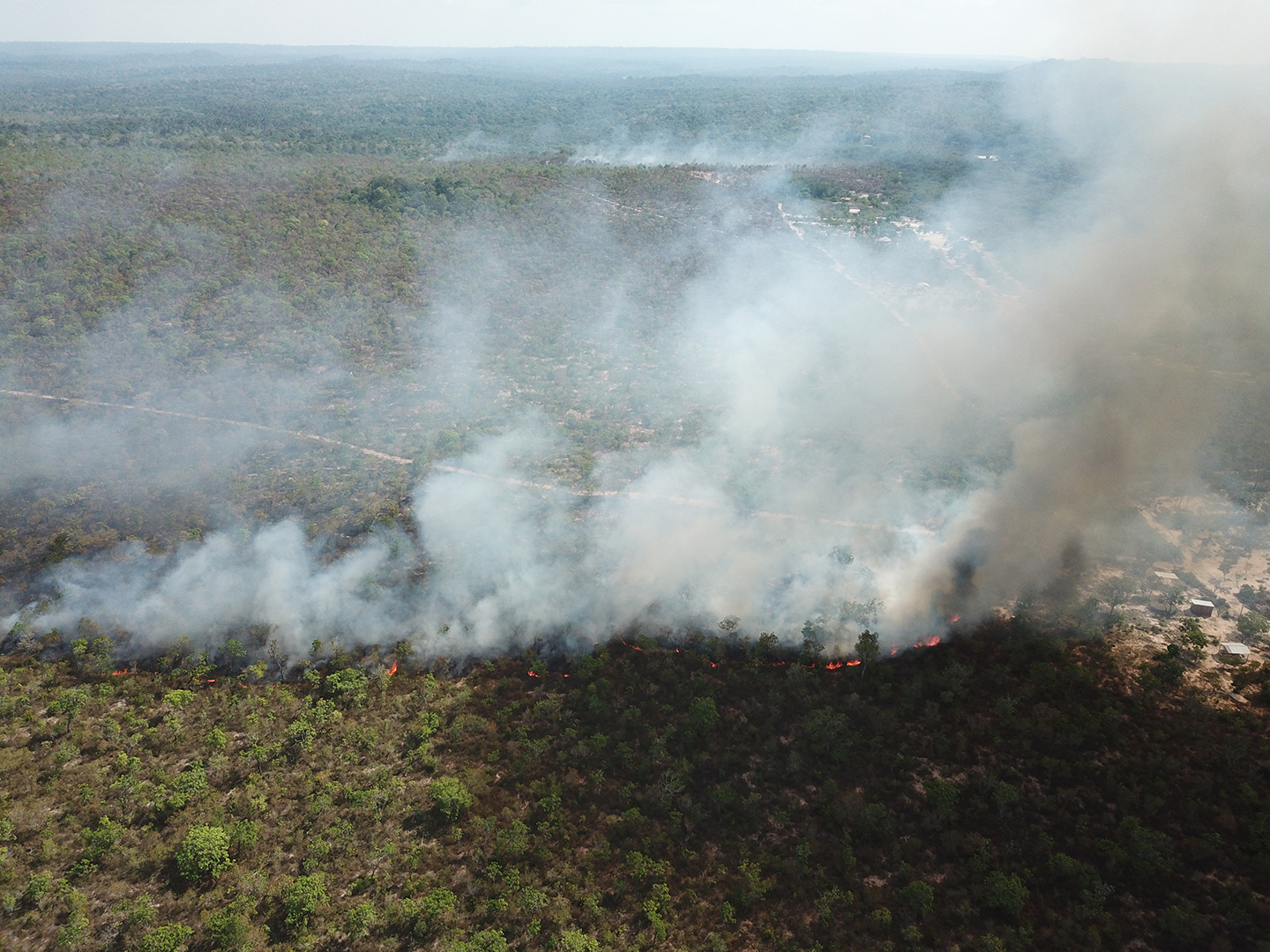See Christophe Bonneuil and Jean-Baptiste Fressoz, The Shock of the Anthropocene: The Earth, History and Us (Verso, 2017).—Eds.
Stephan J. Pyne, “Welcome to the Pyrocene,” Grist, August 18, 2021 →. See also Pyne’s book The Pyrocene: How We Created an Age of Fire, and What Happens Next (University of California Press, 2021).
Pyne, “Welcome to the Pyrocene.”
See Anna Tsing’s multimedia project Feral Atlas →.
Timothy Mitchell, Carbon Democracy: Political Power in the Age of Oil (Verso, 2011).
Wendy Brown, In the Ruins of Neoliberalism: The Rise of Antidemocratic Politics in the West (Columbia University Press, 2019).
Jason W. Moore, Capitalism in the Web of Life: Ecology and the Accumulation of Capital (Verso, 2015).
“Surrounded by Agribusiness, Xavante Territory Suffers a High Death Rate from Covid,” InfoAmazônia/O Joio e o Trigo/El País, 2021.
Alana Moraes, “The War of the Worlds, Colonial Wounds, and the Aspiration for Collective Determination and a Dignified Life,” interview by Patrícia Fachin, Revista do Instituto Humanitas Unisinos, 2021.
Letícia Klein and Thiago Medaglia, “Smokescreen,” Ambiental Media, 2020 →.
For more on this concept, see Marc Peipoch, et. al., "Ecological Simplification: Human Influences on Riverscape Complexity," BioScience 65, no. 11 (November 2015): 1057–1065.
Translated from the Portuguese by Sophie R. Lewis and Ezra E. Fitz. This essay was first published in Jornal Nossa Voz, publication of Casa do Povo (Brazil)
